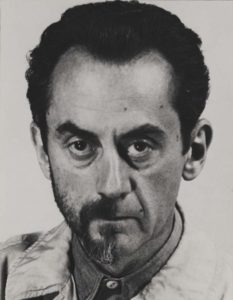
1890 - 1976
Man Ray

description
Man Ray was an American and French artist of Jewish origin, photographer, director, publicist, the most famous representative of Cubism and Dadaism, who played an essential role in the development and dissemination of these and other new trends on the American continent.
The artist’s birth name was Emmanuel Radnitsky. He was the eldest son of Jewish immigrants from Kovno Governorate.
Together with M. Duchamp and F. Picabia, he was the founder of the version of Dadaism in New York and popularised modern European painting among American artists. Man Ray became famous thanks to the art of modern photography and collage, in which nobody could outperform him at that time. The artist also used “ready-made objects” to create large compositions, the most famous of which was the “Gift” of 1924. Man Ray showed himself as a fully gifted person, making a significant contribution to the avant-garde art of the United States and Europe.
Key ideas:
– Even though Man Ray became famous as a talented photographer in his homeland, he considered art to be the most crucial sphere of his activity. The artist’s paintings are different from the traditional pictures of his predecessors.
– Ray was convinced that the primary purpose of the work of art is to express one or another idea and that the picture itself has no meaning without the deep sense embedded in it. At the same time, the image should touch the emotional side of the psyche, excite a person and even shock by something in some way.
– Following his convictions, M. Ray created outstanding works in which strange, unpredictable things; images and silhouettes are often used. A vivid example of this is composition “Ingre’s Violin”, where a naked young woman acts as a musical instrument, or a voluminous work “Gift”, which is a simple iron with sharp buttons glued on its smooth working surface. Such extraordinary works attracted a lot of (sometimes critical) attention to the artist and became the key to his success.
– The most significant achievement of Man Ray was photographic works, in particular, his deep psychological portraits of contemporaries, photographs for fashion magazines and technical experiments with material, such as solarisation and radiography.
– He also discovered an entirely new way of creating compelling images with the help of pieces of photosensitive paper, which he called “rayography. ” These methods of photography, partially distorting the surrounding reality, made a great impression on the Surrealists and served as the basis for their creative experiments. The artist himself said: “I do not take pictures of nature and objects, I take pictures of my visions.”
1890
1897
1908
1913
1915
1920
1921
1925
1930
1940
1951
1976
The birth of the artist
The artist's family moved to Brooklyn
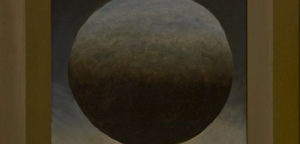
Young Ray was very impressed by the photos
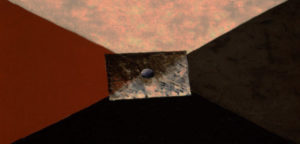
Visited the exposition "Armory Show"

He met and became close with M.Dyushan and F.Pikabia
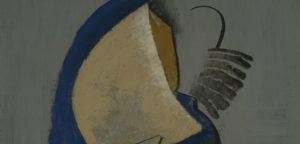
“New York Dada”
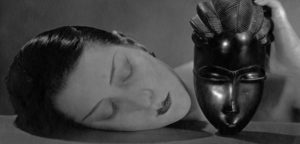
He moved to Paris
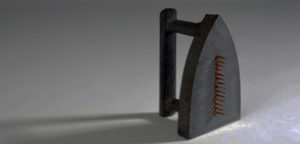
Shot several avant-garde films
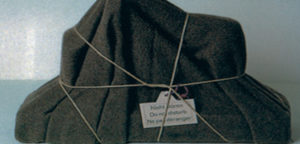
Was actively engaged in creative work
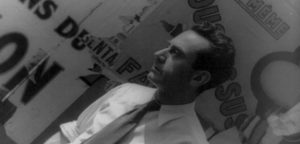
Moved to California
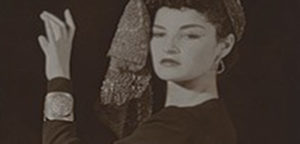
The artist concentrated mainly on painting and sculpture
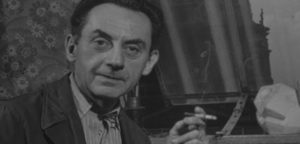
The death

died on November 18, 1976 in Paris, France.
Man Ray
On Artist
flow
Cubism
Fauvism
Abstractionism
friends
Salvador Dali
Marcel Duchamp
Francis Picabia
Jean Arp
Max Ernst
Joan Miro
Dorothea Tuning
artists
Pablo Picasso
Vasily Kandinsky
Henri Matisse
Jean Auguste Dominic Ingres
Paul Cezanne
Auguste Rodin
By Artist
flow
Pop Art
Surrealism
Conceptualism
friends
Katerina Sophie Dreyer
Meret Oppenheim
Konstantin Brancusi
Alfred Stiglitz
Masson Andre
Eugene Atget
artists
Berenice Abbot
Irving Penn
Bill Brandt
Richard Avedon
Andy Warhole
Laszlo Mohoy Nagy
Francesca Woodman
